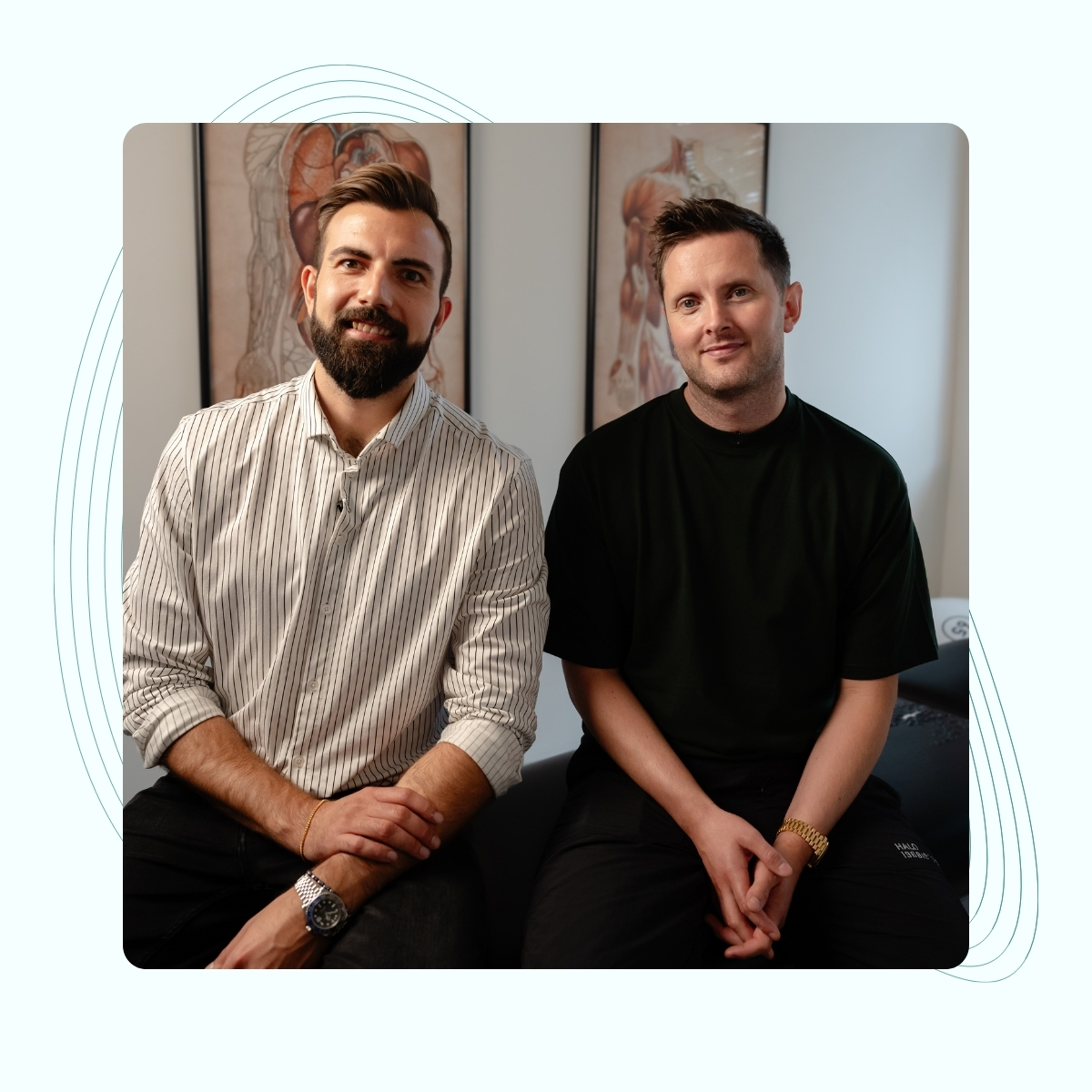
Still in doubt?
You might find your answer here
Otherwise feel free to reach out
Thinking about osteopathy?
Welcome to our comprehensive FAQ section! Here, you’ll find answers to the most common questions about osteopathic medicine, our treatments, and what to expect during your visit. We’ve compiled this resource to provide you with clear, concise information at your fingertips. If you can’t find the answer you’re looking for, or if you have a specific inquiry, please don’t hesitate to reach out to our team directly. We’re always here to help!
We're looking forward to see you



